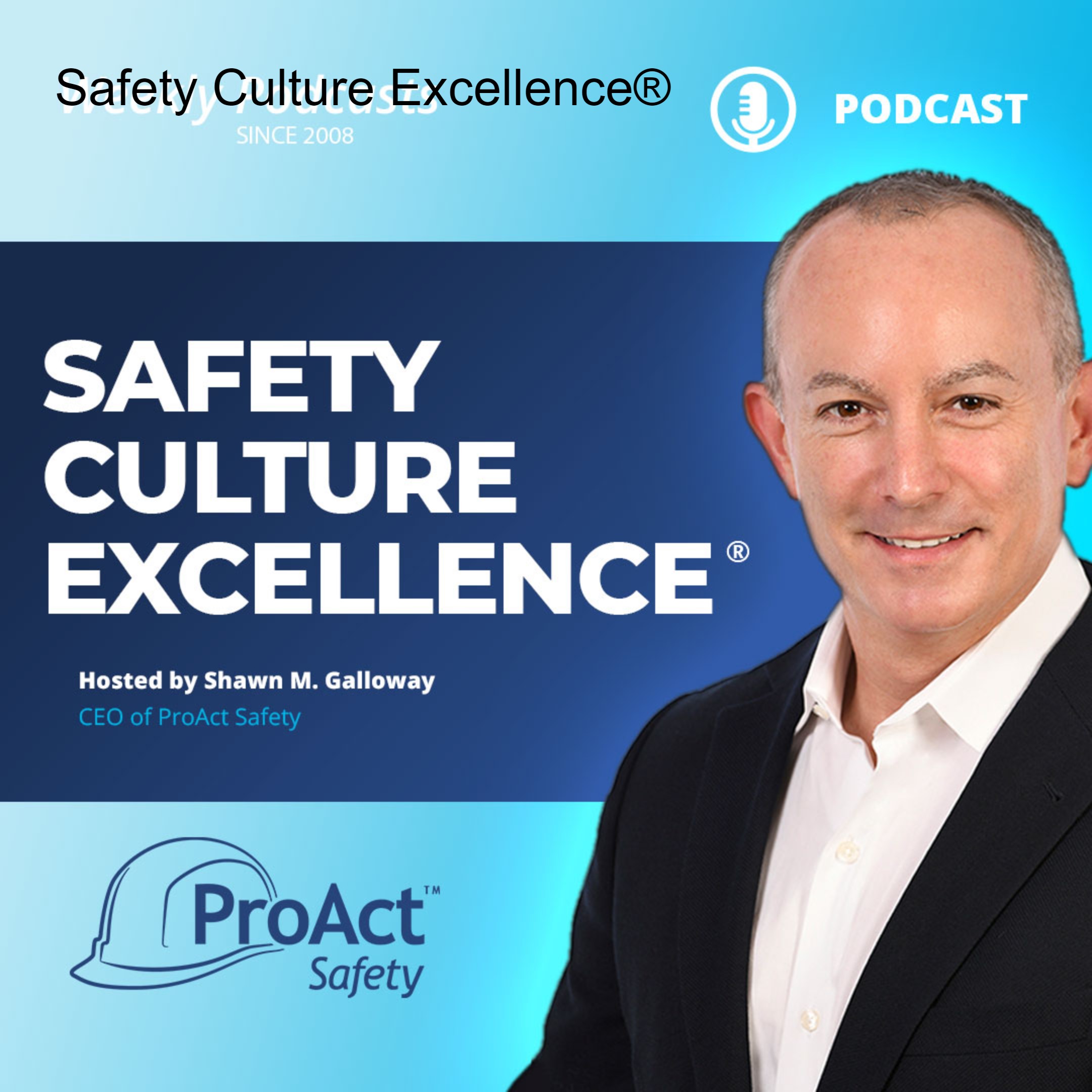Episodes
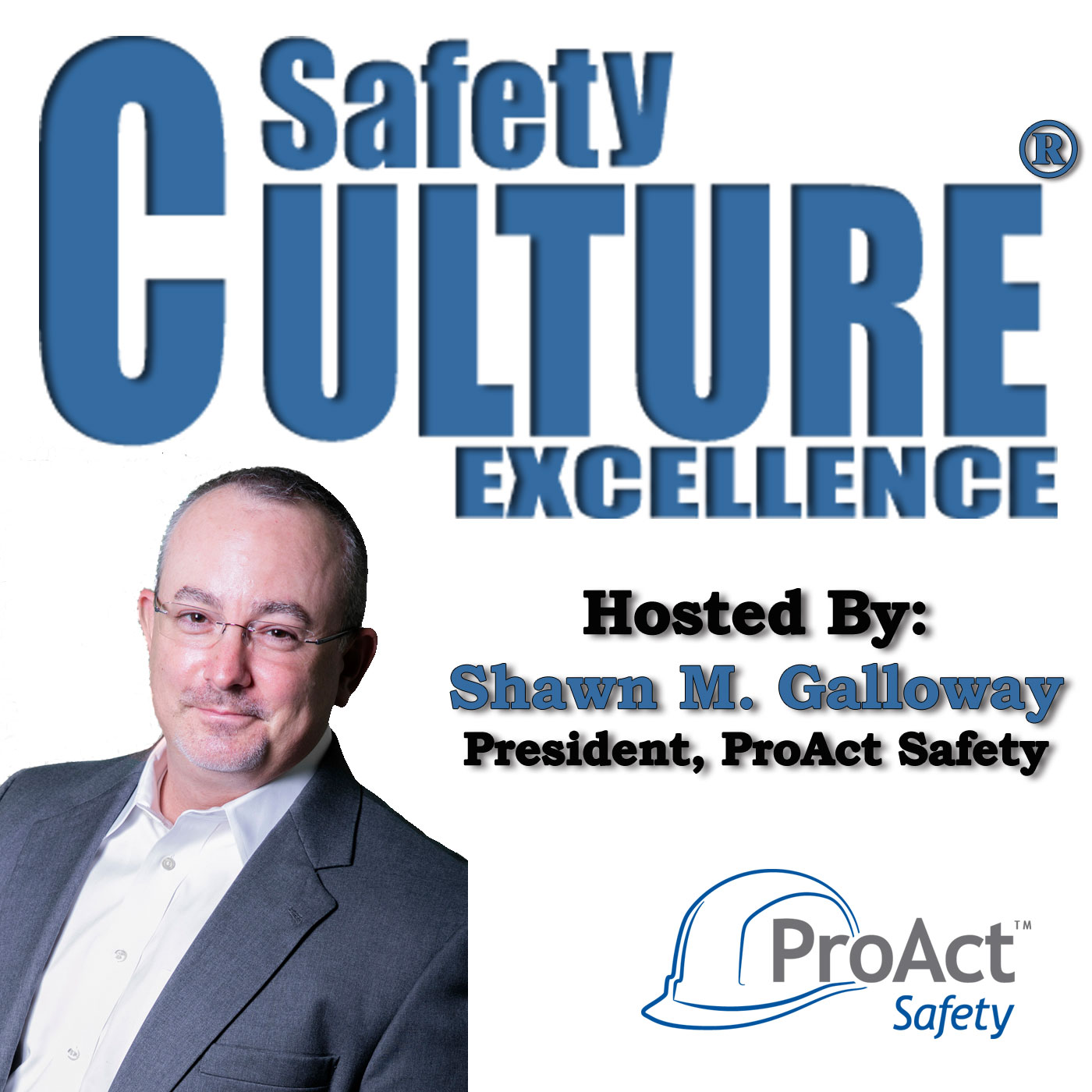
Monday Feb 13, 2017
478: Personal Responsibility for Safety
Monday Feb 13, 2017
Monday Feb 13, 2017


Monday Jan 09, 2017
473: Creating a Sense of Urgency
Monday Jan 09, 2017
Monday Jan 09, 2017


Monday Jan 02, 2017
472: Is Your Organization Oozing Expertise
Monday Jan 02, 2017
Monday Jan 02, 2017

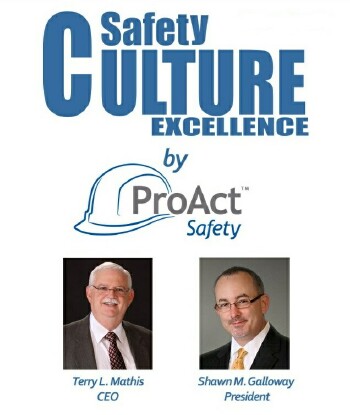
Monday Jun 13, 2016
444: The Generational Cliff
Monday Jun 13, 2016
Monday Jun 13, 2016


Monday Apr 04, 2016
434: VIDEO - Transformational Pareto Analysis
Monday Apr 04, 2016
Monday Apr 04, 2016

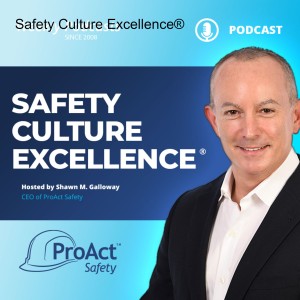
Wednesday May 27, 2015
Pipeline Industry's Stance to Improve Reputation
Wednesday May 27, 2015
Wednesday May 27, 2015
The Huffington Post article, “America’s Disastrous History of Pipeline Accidents Shows Why the Keystone Vote Matters” highlighted the pipeline industry’s incident record and stated that on average one significant pipeline incident occurs in the country every 30 hours. The key question to ask is – what is the pipeline industry doing to reduce the number of incidents and lower the risk of harm to the environment and surrounding communities where they operate.
After the 2010 San Bruno pipeline explosion in California and per National Transportation Safety Board’s recommendations, midstream industry leaders in coordination with the American Petroleum Institute (API) gathered and collaborated to develop a recommended practice (RP) for the industry. Known as, API RP 1173 Pipeline Safety Management System (PSMS), it provides guidance for developing and maintaining a comprehensive management system to improve operational safety and decrease the rate of releases and incidents. The PSMS framework defined in API 1173 shares common principles with safety management systems found in other industries such as nuclear, aviation, offshore oil and gas, and refinery and chemical plants. These safety management programs have demonstrated reductions in operational risk, reduced occurrences of incidents, and provided a platform for continuous improvement to achieve operational excellence. Large, integrated energy companies already have such overarching management systems in place that cover pipeline safety, such as an operations management system. However, the standards in API RP 1173 will likely require effort and executive commitment to enhance existing operations management/safety management system to fully meet the API RP 1173 requirements.
While many midstream companies have various programs that address risk management, asset integrity and management of change, a safety management system will provide an integrated management system that cuts through organizational and functional silos to achieve greater transparency and awareness which leads to better decision making and safer operations. Recognizing the significance of leadership accountability and communications to achieve a sustainable and meaningful operations/safety management system, the API RP 1173 devotes significant content to framing the role leadership at all levels plays in ensuring safe and reliable operations.
The final release of API RP 1173 is anticipated next month and is expected to change the way leaders think about their business decisions to a more holistic, systematic approach. For example, the draft version of API RP 1173 states, “Managing the safety of a complex process, as well as simpler systems, requires coordinated actions to address multiple, dynamic activities and circumstances. Pursuing the industry-wide goal of zero incidents requires comprehensive, systematic effort. While process-related incidents are relatively infrequent but can lead to serious consequences.”
While not mandatory to adopt API RP 1173, an operator risks being found negligent for not adopting and following a PSMS consistent with RP 1173 in the event of an incident as it will be considered an industry standard for which pipeline operators to follow.
This has been a guest contribution by Katherine Molly.
 Katherine, Principal of Northhighland, works with executive management and project teams to improve organization processes for safety and reliability, reduce capital program and business process risks, and resolve program/ project crisis and disputes in the energy industries. Supporting owners, contractors, engineers, their legal counsel and sureties, she has led assessment and improvement organization and project programs, enhanced project execution, coalesced conflicting parties, and participated in the settlement/litigation of business and project disputes ranging from $1 million to multi-billion dollars.
Katherine, Principal of Northhighland, works with executive management and project teams to improve organization processes for safety and reliability, reduce capital program and business process risks, and resolve program/ project crisis and disputes in the energy industries. Supporting owners, contractors, engineers, their legal counsel and sureties, she has led assessment and improvement organization and project programs, enhanced project execution, coalesced conflicting parties, and participated in the settlement/litigation of business and project disputes ranging from $1 million to multi-billion dollars.
Wednesday May 06, 2015
Humans are Risk Takers
Wednesday May 06, 2015
Wednesday May 06, 2015
Human nature involves risk taking; every human takes calculated risks on a daily basis. Safety is about removing risks, and thus competes with human nature. We can address this by trying to change human nature or by increasing the capacity to calculate risks more accurately. Very few people know even the approximate probability of the risks they take or which risks are more likely to result in an accidental injury.
Organizations should analyze their accident data, not by body part most injured or injury category most common, but by which precaution has the potential to prevent the most injuries. This data should be methodically shared with every employee to shape their perceptions of risks and focus their safety activities. If this does not happen, individual perceptions of risks will vary by personal experience and knowledge of accident data, and will not result in maximum focus and directed effort.
-Terry L. Mathis
For more insights, visit
www.ProActSafety.com
Terry L. Mathis is the founder and CEO of ProAct Safety, an international safety and performance excellence firm. He is known for his dynamic presentations in the fields of behavioral and cultural safety, leadership, and operational performance, and is a regular speaker at ASSE, NSC, and numerous company and industry conferences. EHS Today listed Terry as a Safety Guru in ‘The 50 People Who Most Influenced EHS three consecutive times. He has been a frequent contributor to industry magazines for over 15 years and is the coauthor of STEPS to Safety Culture Excellence (2013, WILEY).


Monday Jan 05, 2015
369 - Seven Years Podcasting Safety Excellence!
Monday Jan 05, 2015
Monday Jan 05, 2015

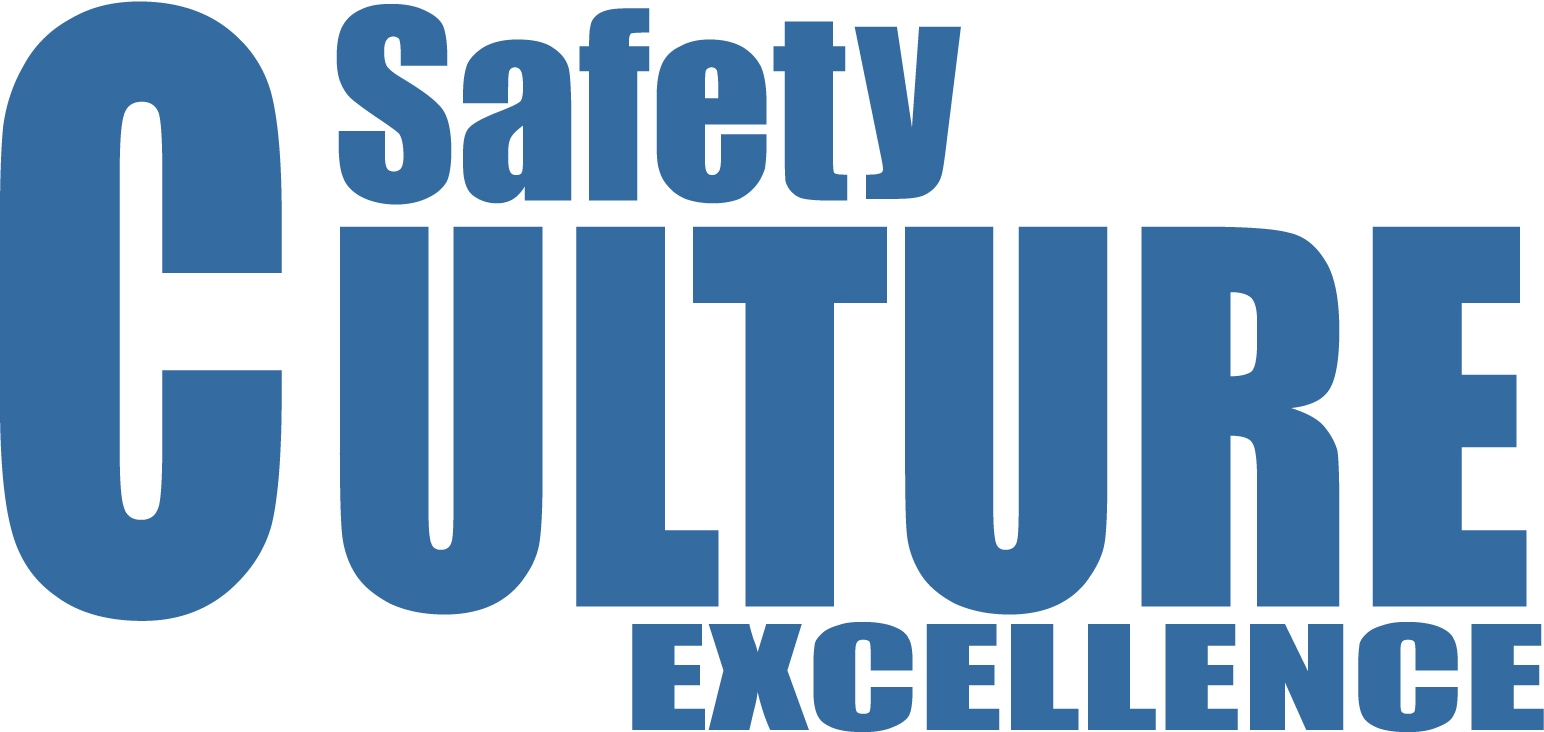
Thursday Oct 31, 2013
Distracted Driving - Mitigating the Most Likely Halloween Risk
Thursday Oct 31, 2013
Thursday Oct 31, 2013
Today at work, employees and leaders alike will work hard to control risk exposure on the job. Hazard identification training will take place, new risks will be identified and barriers to safety excellence removed. The vast majority of these same individuals will leave at the end of their day to return home to go trick-or-treating with family members, or stay home to hand out candy. We are increasing our ability to identify hazards and control risks on the job, how well are we doing with Halloween?
My earliest memories of the joys of Halloween are also coupled with the horror stories of apples with needles in them, pixie sticks with PCP (Phencyclidine) or cyanide, child predators, and blades in lollipops. Many of these were myths, but there were truths as well. In 1964, a woman in Long Island, New York, frustrated with the increasing age of trick-or treaters, handed out items containing steel wool, dog biscuits and ant buttons. Thankfully she was prosecuted. In Detroit the same year, lye-filled gum made the news, along with rat-poison as treats in Philadelphia.
Today these stories persist and a new risk has emerged as the top danger of Halloween, distracted driving. According to the article, “Halloween is ‘Deadliest Day’ Of The Year For Pedestrian Fatalities” (http://www.bestplaces.net/docs/studies/halloween_deadliest_day.aspx) some concerning details were revealed based on an analysis of more than four million records in the Fatality Analysis Reporting System (FARS) from 1990 – 2010 for children 0-18 years of age on October 31.
- “Halloween Was Deadliest Day of the Year for Child Pedestrian Accidents
- Nearly one-fourth of accidents occurred from 6:00 – 7:00 p.m. Over 60% of the accidents occurred in the 4-hour period from 5:00 to 9:00 p.m.”
- Over 70% of the accidents occurred away from an intersection or crosswalk.
- Most of the fatalities occurred with children ages 12-15 (32% of all child fatalities), followed by children ages 5-8 (23%).
- Young drivers ages 15-25 accounted for nearly one-third of all fatal accidents involving child pedestrians on Halloween.”
Several sources recommend the following tips to help keep children safe this Halloween from the most likely risk:
- If wearing a mask, make sure it doesn’t limit vision
- Wear bright enough clothing or reflective items and carry a flashlight – and turn it on!
- Make sure clothing or costume accessories do not limit mobility
- Cross at crosswalks and intersections, not in the middle of the street
- Trick-or-Treat in larger groups to increase visibility
- If you need to drive, take a cab if consuming alcoholic beverages or are tired
- Do not operate a phone while driving (Teen age drivers more prone to distracted driving)
During this work day, please take time to discuss this risk and prevention options. Share these facts and tips with your work colleagues and most importantly, your family. Francis Bacon once said, “Knowledge is power.” Give the power to those you care about, to help them mitigate the most likely risk they will encounter this Halloween, distracted driving.
- Shawn M. Galloway
Shawn M. Galloway is the President of ProAct Safety and the coauthor of two books, his latest published Feb 2013 by Wiley is STEPS to Safety Culture Excellence. As an internationally recognized safety excellence expert, he has helped hundreds of organizations within every major industry to achieve and sustain excellence in performance and culture. He has been listed in this year’s National Safety Council Top 40 Rising Stars, EHS Today Magazine’s 50 People Who Most Influenced EHS and ISHN Magazine’s POWER 101 – Leaders of the EHS World and again in the recent, elite list of Up and Coming Thought Leaders. In addition to the books, Shawn has authored over 300 podcasts, 100 articles and 80 videos on the subject of safety excellence in culture and performance.

Monday Sep 02, 2013
305 - Sticky Stories are Safety Savvy
Monday Sep 02, 2013
Monday Sep 02, 2013
Greetings everyone, this podcast recorded while in Kissimmee, Florida. I’d like to share an article written by Terry Mathis, published May 2013 in EHS Today Magazine. It was titled, Sticky Stories are Safety Savvy. The published article can either be found on the magazine’s website or under Insights at www.ProActSafety.com. I hope you enjoy the podcast this week. If you would like to download or play on demand our other podcasts, please visit the ProAct Safety’s podcast website at: http://www.safetycultureexcellence.com. If you would like access to archived podcasts (older than 90 days – dating back to January 2008) please visit www.ProActSafety.com/Store. For more detailed strategies to achieve and sustain excellence in performance and culture, pick up a copy of our book, STEPS to Safety Culture Excellence - http://proactsafety.com/insights/steps-to-safety-culture-excellence Have a great week! Shawn M. Galloway ProAct Safety

